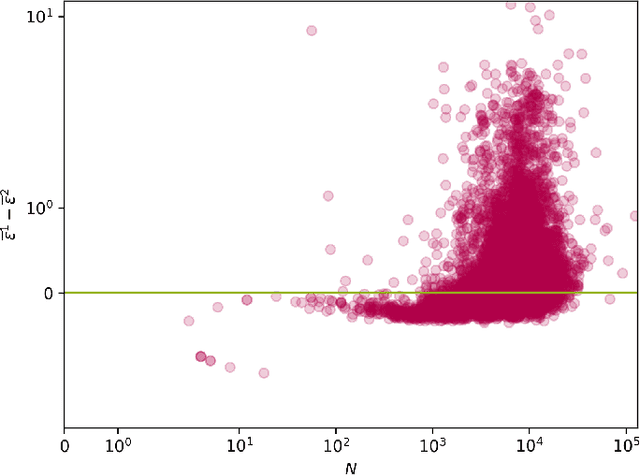A general solution to the preferential selection model
Paper and Code
Aug 06, 2020

We provide a general analytic solution to Herbert Simon's 1955 model for time-evolving novelty functions. This has far-reaching consequences: Simon's is a pre-cursor model for Barabasi's 1999 preferential attachment model for growing social networks, and our general abstraction of it more considers attachment to be a form of link selection. We show that any system which can be modeled as instances of types---i.e., occurrence data (frequencies)---can be generatively modeled (and simulated) from a distributional perspective with an exceptionally high-degree of accuracy.
 Add to Chrome
Add to Chrome Add to Firefox
Add to Firefox Add to Edge
Add to Edge